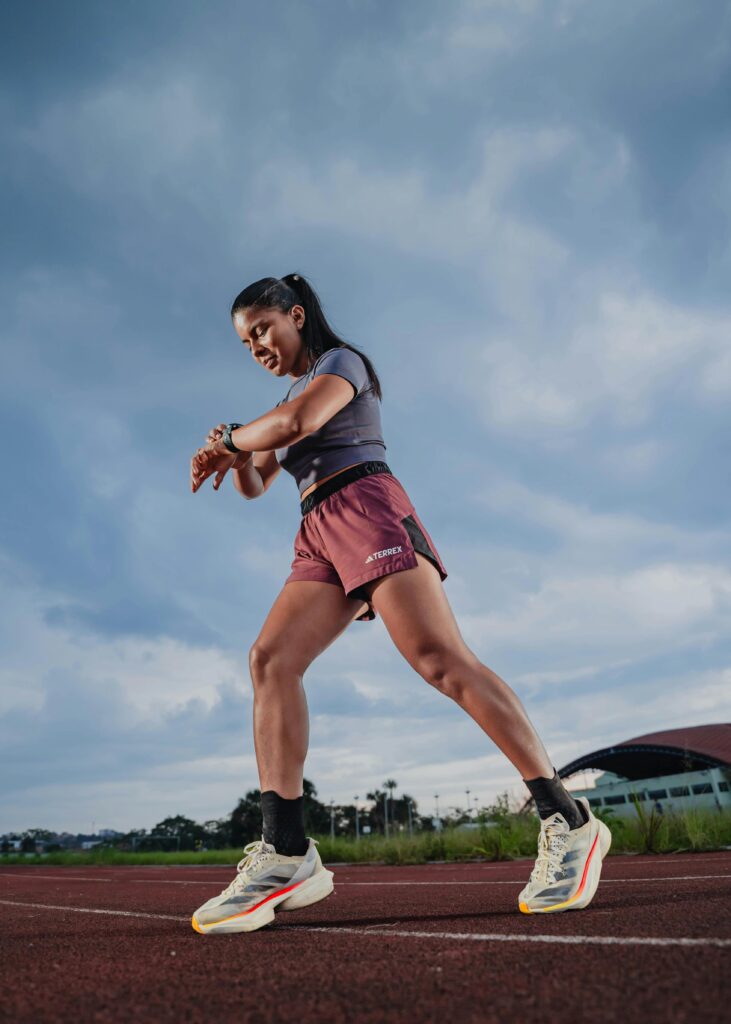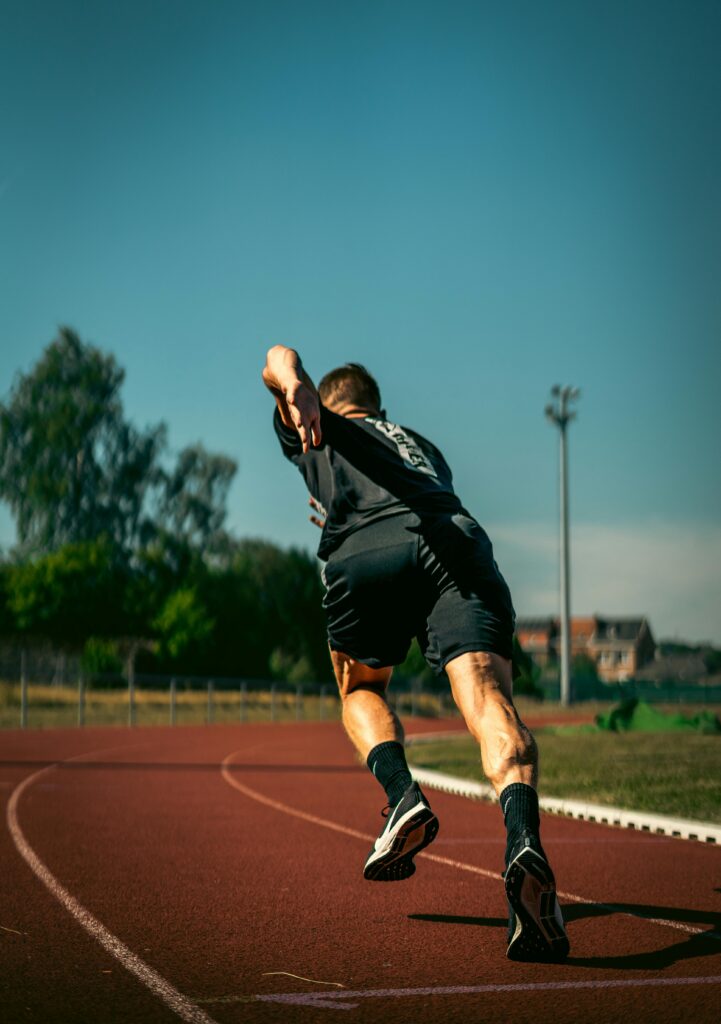Everything You Need to Know to Start Running
If you’ve been thinking about starting to run — whether to get fit, clear your mind, or simply enjoy the outdoors — welcome! Running is one of the simplest and most rewarding ways to move your body. You don’t need a gym membership or fancy equipment to begin; just a comfortable pair of shoes, some determination, and a few helpful tips.
This guide breaks down the running basics every beginner should know: from gear and technique to motivation and safety. Think of it as your quick-start manual for becoming a confident, happy runner.



Running offers more than just physical benefits. It’s one of the best ways to boost both mental and physical health at the same time. Regular running can:
- Improve cardiovascular fitness and lung capacity
- Strengthen muscles and bones
- Reduce stress and anxiety
- Boost mood thanks to those famous “runner’s highs”
- Help with focus, discipline, and self-confidence
You don’t have to run long distances to experience these benefits — even 15–20 minutes a few times per week can make a big difference. The most important thing is to start small and build gradually.
Choosing the Right Running Gear
You don’t need a huge wardrobe to start running, but having the right gear can make your experience far more comfortable (and prevent injuries).
Running Shoes:
Your shoes are the foundation of your run. Look for lightweight, cushioned running shoes that match your stride and terrain. If you’re not sure where to start, check out the ASICS Gel-Nimbus 26 on Amazon — a great all-around option for beginners that offers comfort, stability, and great support for daily training.
Clothing:
Moisture-wicking fabrics are your best friend. Avoid cotton, which traps sweat and causes chafing. Instead, pick lightweight materials that breathe well and dry quickly.
Shorts and Leggings:
If you carry your phone or keys while running, opt for running shorts with a phone pocket or compression leggings with secure storage. (You can check out our guide here for some great options.)
Extras:
- A running belt or vest for long-distance runs
- A cap and sunscreen for sunny days
- Reflective gear if you run early or at night
Having comfortable, functional gear makes it easier to focus on the run itself — not your outfit.
How to Start Running Safely
One of the most common beginner mistakes is doing too much too soon. Running is about consistency, not speed. Here’s how to start the right way:
- Warm up: Start with 5–10 minutes of brisk walking or dynamic stretches to loosen your muscles.
- Run-walk method: Alternate between running and walking (for example, 1 minute running, 2 minutes walking) for 20–30 minutes. Gradually increase the running intervals as your fitness improves.
- Rest days: Your body needs time to adapt. Include at least one or two rest days per week.
- Listen to your body: Soreness is normal at first, but sharp pain is a sign to slow down or rest.
Pro tip: Track your progress using a free app like Strava or Nike Run Club. It’s motivating to see how far you’ve come over time.
Running Form and Technique
Good running form helps prevent injuries and keeps you efficient. Here’s what to focus on:
- Posture: Keep your back straight, head up, and shoulders relaxed.
- Arms: Swing your arms naturally at a 90-degree angle, not across your body.
- Footstrike: Aim for a light, midfoot landing rather than pounding your heels.
- Breathing: Breathe deeply through both your nose and mouth. Try to match your breaths to your steps (for example, inhale for 3 steps, exhale for 2).
It’s normal for your form to feel awkward at first, but with practice, it becomes second nature.

Staying Motivated
One of the most common beginner mistakes is doing too much too soon. RLet’s be real — motivation isn’t always easy to maintain. Some days, the last thing you want to do is lace up and go outside. Here are a few tricks that help runners stay consistent:
- Set small goals: Start with 1 km, then 3 km, then your first 5K.
- Track your runs: Watching your progress build over time feels incredibly rewarding.
- Find a running buddy or community: Joining a local group or running with a friend can make a huge difference.
- Make it enjoyable: Listen to music, podcasts, or audiobooks while you run.
- Celebrate milestones: Reward yourself when you hit a goal — even if it’s just a nice post-run coffee.
Remember, consistency beats perfection. Even short runs count!
Nutrition and Hydration
Fueling your body properly will help you perform better and recover faster.
- Before running: Eat a light snack about 30–60 minutes before (like a banana or toast with peanut butter).
- During long runs: Bring a small energy gel or electrolyte drink if you’re running over an hour.
- After running: Rehydrate and eat something with protein and carbs to help your muscles recover.
Also — don’t underestimate hydration! Even mild dehydration can affect your energy and performance.

Common Running Mistakes to Avoid
Starting too fast: Begin each run at a comfortable pace.
Ignoring rest days: Recovery is when your body gets stronger.
Wearing old shoes: Replace running shoes roughly every 400–500 miles.
Skipping warm-ups or cool-downs: These reduce the risk of injury.
Comparing yourself to others: Everyone’s pace and progress are different — focus on your own journey.
Avoiding these pitfalls will keep running enjoyable for years to come.
Final Thoughts
Running doesn’t have to be complicated. The key is to start slow, stay consistent, and enjoy the process. Whether you’re chasing your first 5K, using running to clear your mind, or just trying something new — you’re already a runner the moment you start.
Invest in a few comfortable pieces of gear, listen to your body, and keep showing up. The miles will add up before you know it.
If you’re ready to take the next step, check out our Blog to read our latest posts for tips on staying comfortable and organized during every run.
